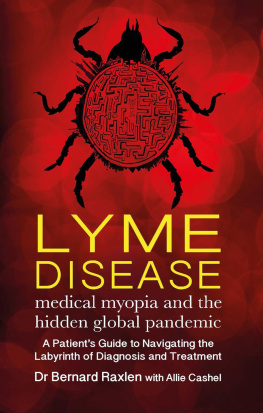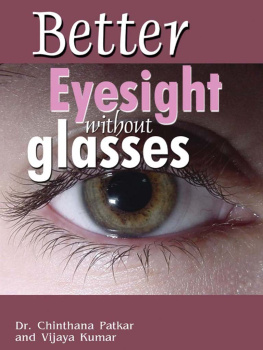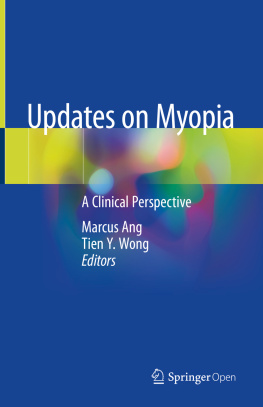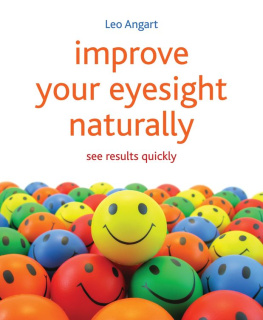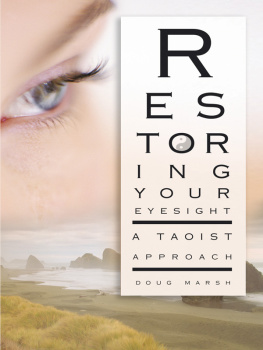The author of this book does not dispense medical advice or prescribe the use of any technique as a form of treatment for physical, emotional, or medical problems. The ideas, procedures and suggestions contained in this book are not intended as a substitute for consulting with your physician. The intent of the author is only to offer information of a general nature to help you in your quest for physical, emotional and spiritual well-being.
The advice, examples, and strategies contained herein are not suitable for every situation. The materials contained herein are not intended to represent or guarantee you will achieve your desired results, and publisher and author make so such guarantee. In the event you use any of the information in this book for yourself, which is your constitutional right, the author and the publisher assume no responsibility for your actions.
This book is for information and education purpose only. While the publisher and author have made every attempt to verify that the information provided in this book is correct and up to date, the author and publisher assume no responsibility for any error, inaccuracy, or omission.
To all readers who will find this book useful.
To my children who inspired me to write this book.
INTRODUCTION
My family story that begins the journey
William and Duncan, two brothers who grew up in China in the 1970s and 1980s, went to good (i.e., academically demanding) schools. At around age 14, both experienced myopia (nearsightedness), although they were diagnosed ten years apart because William is 10 years older than Duncan. Instead of turning to prescription glasses, they decided to try various ways to heal their vision naturally. They went outdoors and counted tree leaves during each 10-minute recess between 45-minute classes; they looked far away in the middle of reading or writing to relax their eyes; they exercised after school; they counted stars in the evening before bed; and they did various eye massages and drills throughout the day. Both kept their eyesight healthy and stable for the next few decades. As you might have guessed, William is my husband, and Duncan is my brother-in-law.
Fast forward three decades to the summer of 2014 when my son Ian had just turned nine years old. William took him to a regular pediatric ophthalmologist checkup before the new semester started, and Ian came back crying. The doctor told him that he had myopia and needed prescription glasses. Ian did not like that idea at all: he thought he would be teased by others; worse, his tennis career would be over if he wore glasses.
Somehow, I felt I had failed my son. Since our family had gone through major changes in 2013, I was so immersed in my own problems that I neglected taking care of him. I started researching natural cures on the internet, reading medical studies, buying books, and gathering anecdotal stories from friends and relatives. I was determined to help Ian. Together, we tried many different things to improve his eyesight naturally. Although the techniques were haphazardly applied, Ian maintained a good enough vision to navigate school, sports, and homework without prescription glasses for the past five years. Now I am revisiting this topic again because my 12-year-old daughter is facing the same challenge, mainly due to the heavy computer usage at both school and home.
Growing up in China, I was surrounded by myopic people. My parents and many of my teachers, relatives, and friends have myopia. When I turned 17, in order to prepare for the college entrance exam, I started boarding at my high school. Looking back, it was ultimately a bad decision. I studied for long hours in dim-lit classrooms without any outdoor time or physical activities. I had horrible nutrition intake and had problems falling asleep in a dormitory with seven other girlsall in a stressful time preparing for the exam that can make or break a childs dream. Within four months, my 20/15 vision quickly deteriorated to 20/70. On the night I saw a big halo around the full moon, I silently cried for the whole night. In the following years, my prescription glasses increased by 0.25 diopters each time I got new glasses until I hit 3.25 diopters. When I stopped going to optometrists to get new glasses, my eyesight actually stabilized. The trend started to reverse slowly after my studying this topic. I wish I had the current me with the knowledge, wisdom, and determination to support the helpless 17-year-old me.
The myopia epidemic
Myopia affected approximately 1.6 billion people worldwide in 2000, and that statistic is expected to increase to 2.5 billion by 2020, and to nearly 5 billion by 2050. The prevalence of myopia in the developed countries of East and Southeast Asia increased from about 1030 percent to 8090 percent in young adults. According to the National Eye Institute (NEI), about 42 percent of Americans ages 1254 are nearsighted, up from 25 percent in 1971. In Western Europe, the described prevalence was 26.6 percent. Children from urban environments are more than twice as likely to be myopic than those from rural environments. Researchers frequently report that near work (such as reading, writing, time looking at a screen, etc.), education, age, economic status, and height are associated with myopia.
Some doctors believe myopia is hereditary, but myopia is virtually non-existent in pre-industrialized cultures. Plus, gene pools cannot possibly change fast enough to affect 1 billion more people (which is a 56 percent increase) in just a short 20-year period. Studies carried out in hunter-gatherer societies and in recently westernized hunter-gatherer groups indicate that myopia normally occurs in 0 to 2 percent of the population, and moderate to high myopia is either non-existent or occurs in about one person out of 1,000. Thus, the prevalence of myopia today is increasing so fast that environmental and social factors must be involved. The epidemic of blurred vision can be traced back to physical, mental, emotional, and spiritual imbalances of our modern society.


